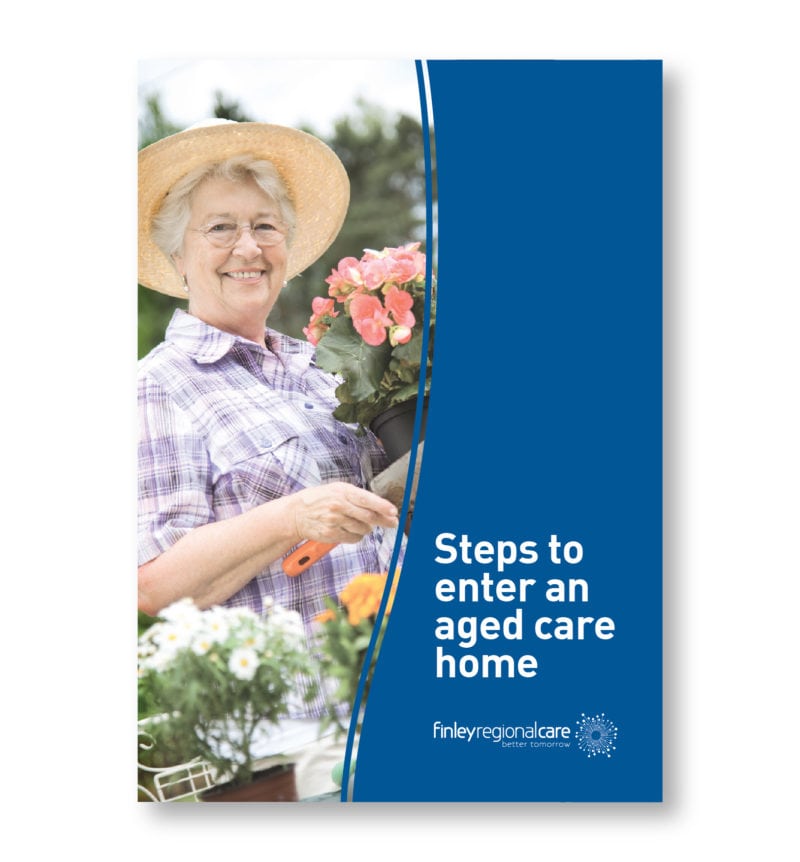As we all no doubt know, being physically active is one of the best things you can do to improve your health and longevity. Exercise will help you lose weight, gain lean muscle mass, improve your mobility, balance and sleep, and reduce chronic conditions. It’s vital for everyone, and particularly so as you start to get older. However, you need to be smart about it, particularly if it’s been a while since you exercised. If you’re starting or re-starting exercise after a long time, here are a few things you need to consider.
Get clearance from a doctor
Your first point of call when starting exercise is always your doctor, particularly if you haven’t seen him or her lately. Your GP will give you a physical exam, and will determine your current physical fitness level and state of health. They will either give you clearance to start an exercise program, or will help you manage your conditions so that you can exercise safely. They may also offer advice about how and where to get started, and how to adjust for any health issues such as heart problems, diabetes or arthritis.
Start slow and build up gradually
Any workout should start slowly and gradually build up to a more intense level. If you’re going for a walk, start with a slow and steady pace for the first five minutes, and then pick up the pace if you can. Strength or weight-bearing exercise should begin with a good warm-up and some stretches, to get your circulation going, your muscles firing and to help prevent injuries. Don’t be worried about having to take it slow at first – it’s far better to start out slowly and increase as you improve, than to start out too fast, and get injured or burnt out.
Consult an exercise professional
If you can afford it, the absolute best way to get back into exercise is under the guidance of an exercise professional, such as an exercise physiologist or personal trainer. These experts will guide your progress, and make sure you are exercising safely and within the limits of your ability. They will ensure you have good form, thus preventing injuries, and that you are exercising all muscle groups appropriately. They will make recommendations on exercises to avoid based on your health history and physical limitations.
Join a gym class
If you can’t or prefer not to utilise one-on-one professional help, the next best thing is to join a gym class. You’ll still get help on your form from the trainer, knowledge on how to properly use the gym equipment, as well as motivation to continue and health advice. And many gyms offer lower intensity classes that might be a good place to start out, as well as Pilates and yoga classes, which are great for improving mobility and balance.
Manage your health issues
Some health conditions can definitely affect your exercise routine. Heart disease, arthritis, diabetes and plenty of other conditions don’t need to stop you exercising – but they will need to be managed. Consult your doctor, physiotherapist or health professional about the best ways to stay on top of your condition while exercising, and find out any limitations or modifications you’ll need to make.
The good news is that exercise can actually improve many of these health conditions, and you may notice your symptoms or pain reducing the more you exercise.
Choose a good time
If you’re not a morning person, don’t feel pressured to get up and join an exercise class at the crack of dawn. Be kind to your body, particularly when you’re starting out, and choose a time to exercise that works with your body’s natural rhythms. If you pick a time when you’re naturally more energetic you’ll get more benefit from the exercise, rather than forcing yourself to exercise when you’re body or mind are not ready. The best time of day to exercise is the one that you’ll stick to.
Write down your goals and monitor your progress
One of the great ways to keep yourself motivated to continue with exercise is to write down what you want to achieve by becoming more physically active. Do you want to improve your mobility so you can be more independent, or do you want to lose that spare tyre that just doesn’t seem to go away? Write it down, and continue to monitor your progress so that you can see the improvements you are making. Notice how much easier it’s getting to bend over, or how your clothes are starting to fit more loosely. Noting your progress makes it far easier to continue once you can start to see the results of your efforts.
Hydrate and fuel well
Once you’ve committed to regular exercise, you need to make sure you are eating well and drinking plenty of water. Especially make sure you are fuelling your body with healthy, nourishing foods before and after exercise, and drink enough water to rehydrate.
What are some good ways to start when you may be a little unfit, overweight or managing health conditions?
Start with some of these ideas:
- Brisk walking
- Swimming or walking in the pool
- Strength training with free weights or resistance bands
- Cycling
- Balance training
Click here to discover why it’s never too late to start exercise.


 Aged Care 101: All your most pressing questions answered
Aged Care 101: All your most pressing questions answered
